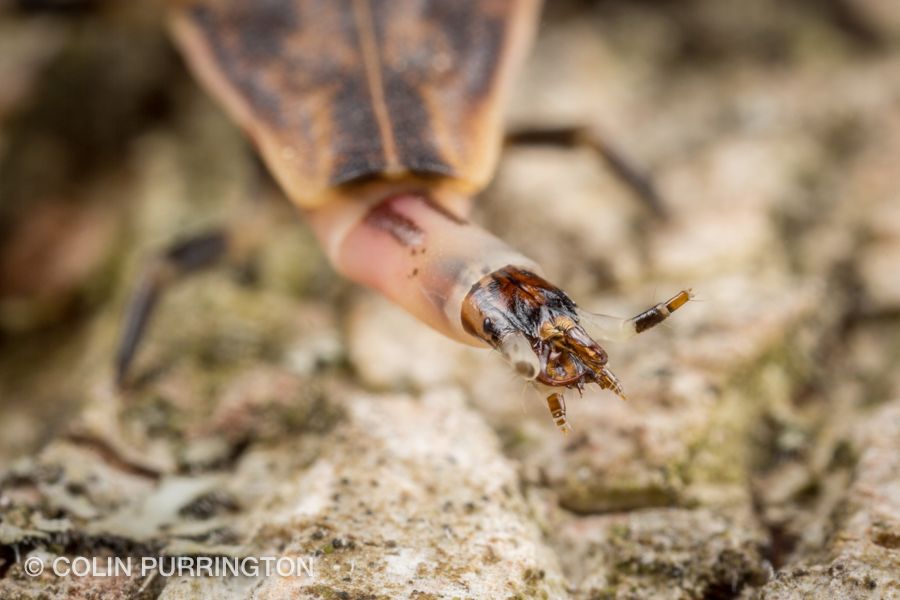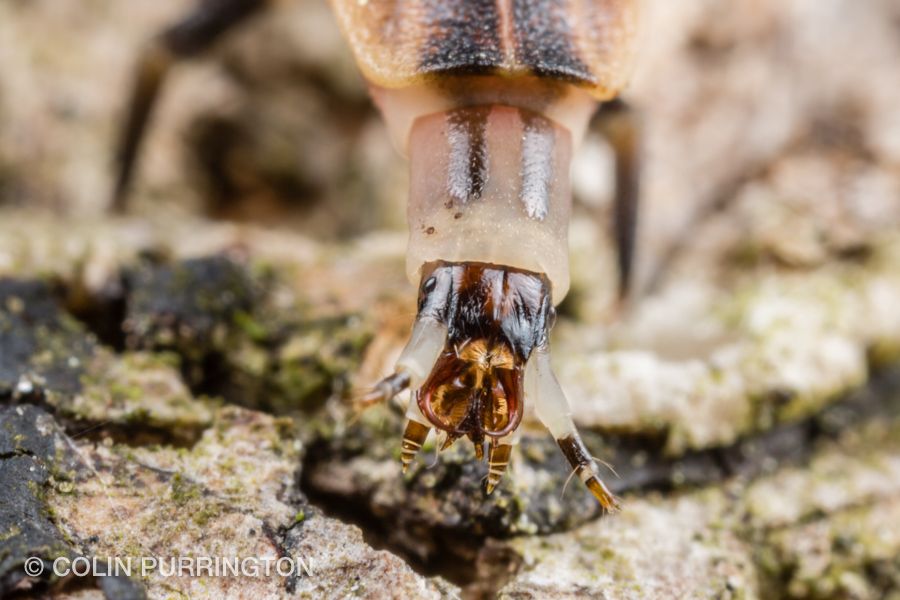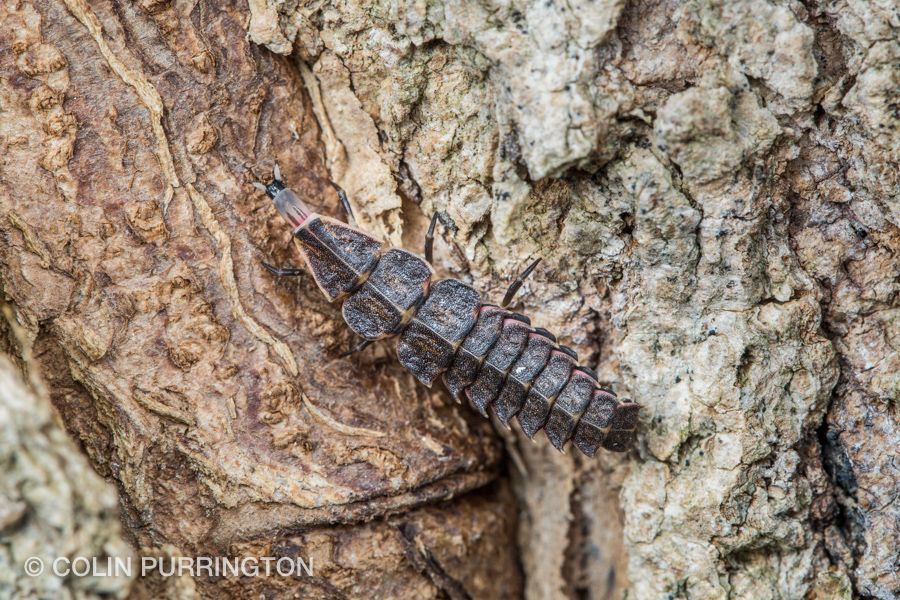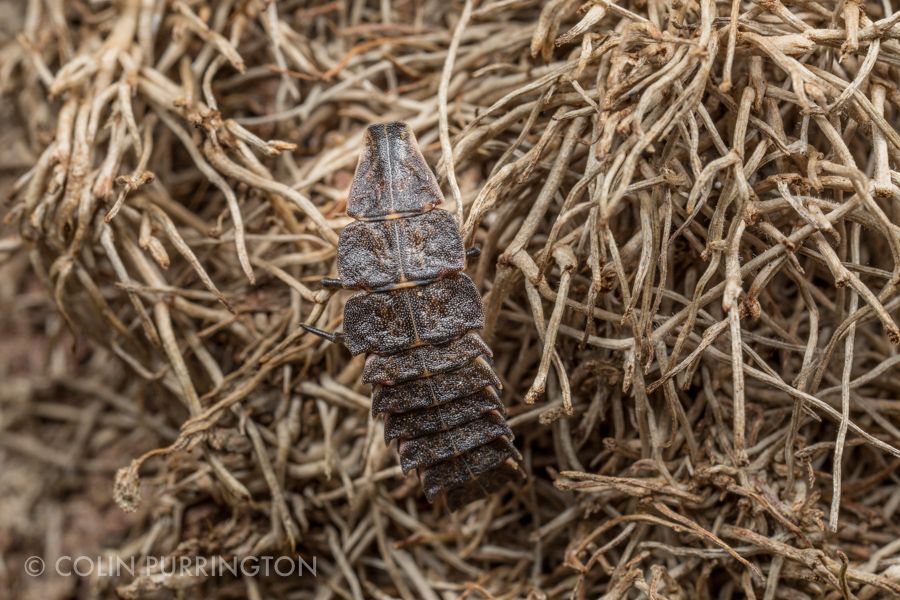Here are several anterior close-ups Pyractomena borealis. The telescoping head allows the larva to inject (via curved, hollow mandibles) a numbing agent into snails that have retreated inside their shells. The antennae and maxillae are also partially retractable. When a larva is done feeding on a snail (or slug or earthworm) it will de-slime all of these parts with the hooked, fingerlike projections of the holdfast organ (pygopod) located on the last abdominal segment. The head is also fully retractible (see previous post). These larvae are extremely active, so really hard to photograph.






